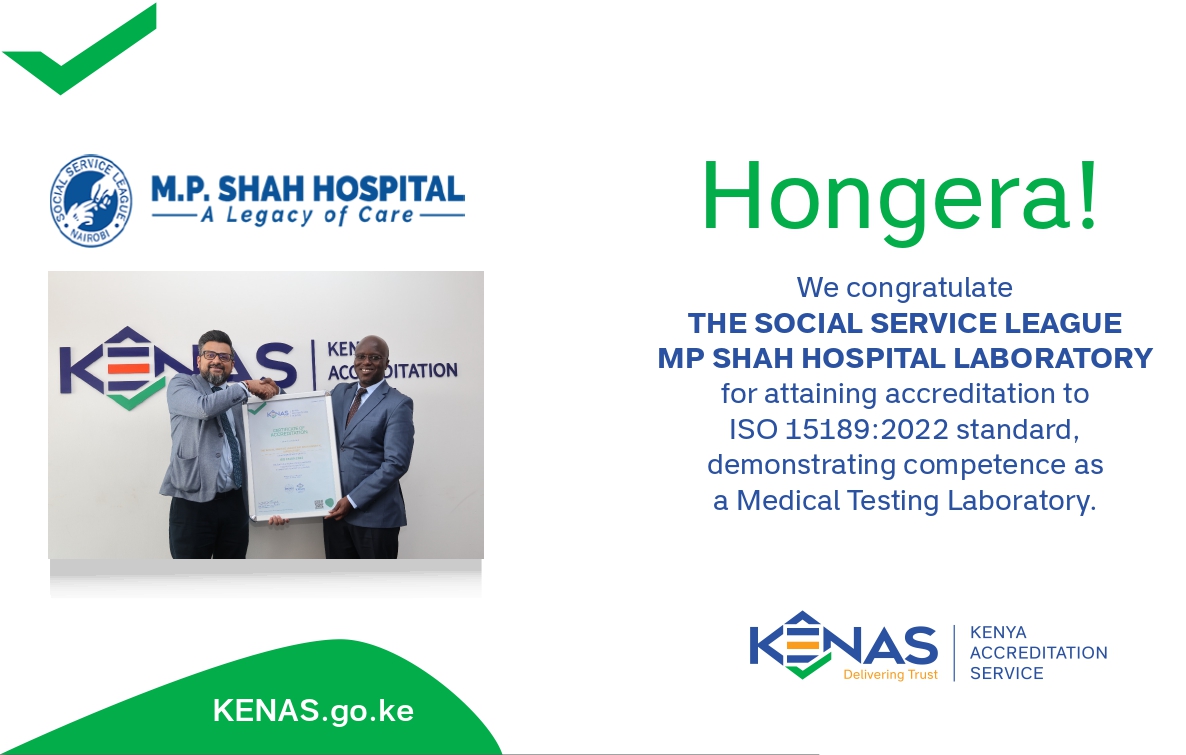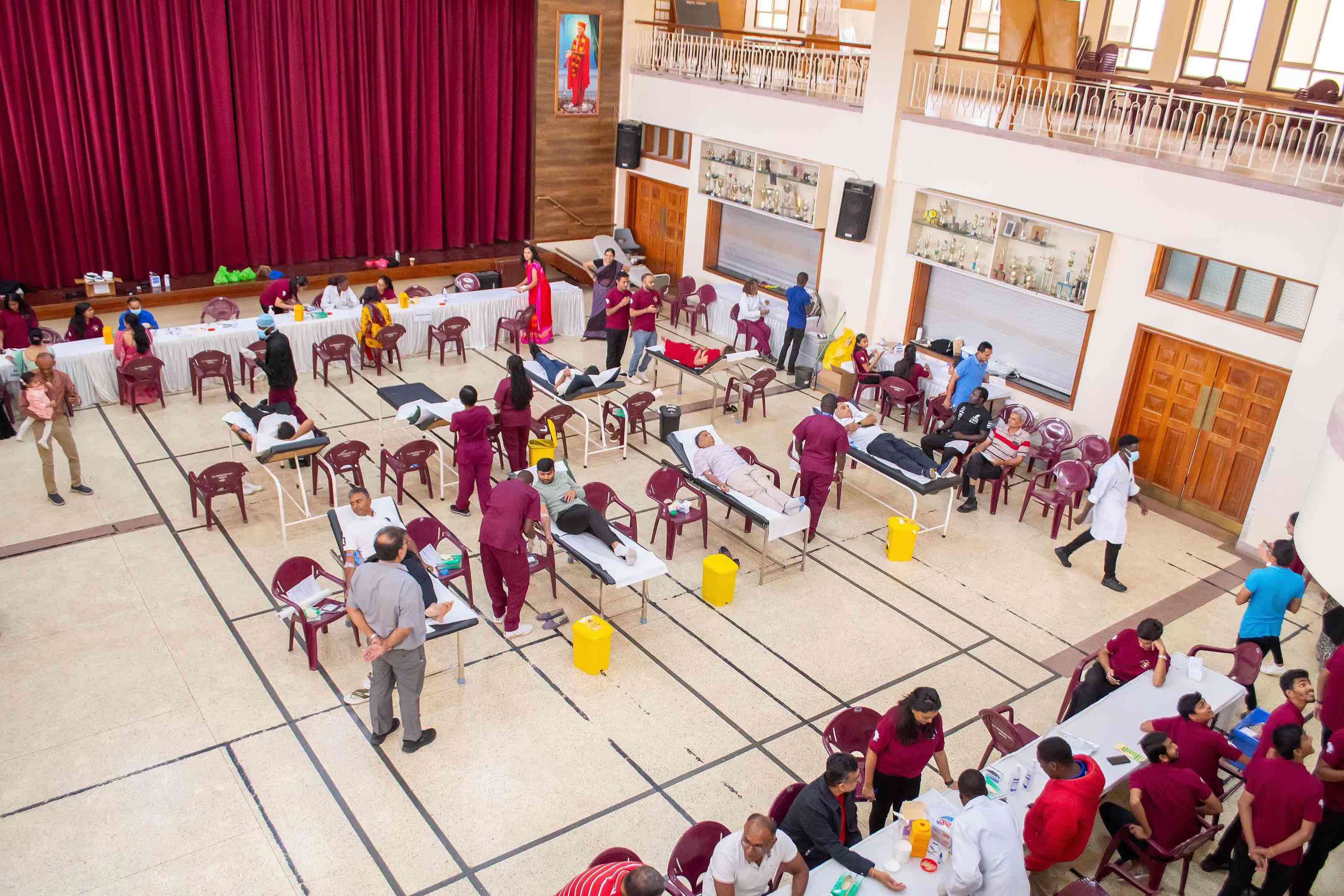
The Invisible Strings of Morning Fatigue
Amelia’s phone buzzed at 6:00 AM, but she couldn’t muster the energy to get out of bed. The sun was already peeking through her curtains, yet her body felt like it had been drained overnight. This wasn’t just tiredness—it was the kind of fatigue that clung to her muscles and bones, making her feel like her bed was holding her hostage. She dismissed it as stress from a busy week, never imagining it could be a warning sign of something more.
The Office Hurdle
At her desk, Amelia winced as she stretched her fingers to type. A dull, constant ache had settled in her knuckles. On bad days, it felt like tiny needles pricking her wrists. She switched to voice notes when typing became unbearable. “Maybe I’m just overworking,” she thought, massaging her hands with a sigh. But soon, the pain began to creep up her arms, making even simple tasks like holding a pen or clicking a mouse seem Herculean.
Workout Woes
Amelia decided she needed to be more active. “Yoga will fix everything,” she told herself. But after a few stretches, she noticed a stiffness in her knees that didn’t go away. By the time she got home, her joints felt swollen, and her muscles burned as if she’d run a marathon. This wasn’t the “good pain” everyone talked about after exercise. Instead, it left her feeling defeated, like her body was turning against her.
Grocery Store Struggle.
Amelia reached for a box of cereal when a sharp pain shot through her fingers, causing her to drop it. Embarrassed, she quickly picked it up, pretending everything was fine. Lately, even holding a shopping basket made her hands tremble with pain. Was she aging prematurely, or was something else wrong?
The Unseen Emotional Toll.
The lively, social Amelia was slowly retreating into herself. She skipped dinners, avoided hikes, and turned down weekend plans. “I’m just tired,” she’d say, waving off her friends’ concerns. But inside, she felt a growing frustration. Why didn’t anyone understand that her tiredness wasn’t just tiredness, and her pain wasn’t just in her head?
Connecting the Dots.
Late one night, while scrolling through health articles, Amelia stumbled upon a piece about arthritis. Words like “chronic joint pain,” “morning stiffness,” and “fatigue” jumped out at her. For the first time, her scattered symptoms seemed to form a pattern and make sense. Could this be the answer she had been searching for?
A Step Toward Understanding
The next day, Amelia booked an appointment with a rheumatologist. When the doctor asked her about her symptoms, it felt like a floodgate opened. For the first time, someone listened and connected her invisible pain to something real.
Amelia’s journey highlights how arthritis symptoms can weave themselves into daily life, making it easy to dismiss them as normal aches or stress. From fatigue to joint pain, these invisible strings often go unnoticed—until they become impossible to ignore. If you find yourself struggling with similar experiences, don’t wait. Seeing a rheumatologist might just be the first step toward understanding and reclaiming your life.
Could Mary’s story be your story too?
DEMYSTIFYING THE ARTHRITIS MYTHS
Arthritis is more than just “joint pain.” There are over 100 forms of Arthritis that cause pain, swelling, and stiffness in the joints. It affects millions of Kenyans, yet many people misunderstand it.
Common Myths about Arthritis.
“Only older people get arthritis.” Truth: Arthritis can affect anyone, even children.
Contrary to popular belief, arthritis isn’t just “a disease of the elderly.” It affects people of all ages, with 1 in 4 adults experiencing symptoms in their lifetime.
“Joint pain is normal as you age.” Truth: Persistent joint pain is not normal and should be evaluated.“Arthritis is just minor aches.” Truth: Without treatment, arthritis can lead to joint damage and disability.
Could You Have Arthritis?
Key Fact: Arthritis affects 350 million people worldwide, including an estimated 4 million in Kenya.
The good news? Early diagnosis and treatment can help manage symptoms and prevent complications.
Do You Recognize These Signs?
- Arthritis often sneaks up slowly. Pay attention if you or someone you know has:
- Persistent Joint Pain: Lasting more than two weeks.
- Morning Stiffness: Difficulty moving joints after waking up.
- Swollen or Warm Joints: Visible puffiness or warmth in affected areas.
- Fatigue: Feeling unusually tired, even with adequate rest.
- Decreased Mobility: Trouble bending, straightening, or rotating joints.
Meet the Types of Arthritis
There over 100 types of arthritis. And a Rheumatologist can help identify which one you might have. Here are a view of them.
- Here is Osteoarthritis: The most common type, often linked to aging or overuse of joints.
- And here is Rheumatoid Arthritis: An autoimmune condition affecting over 1% of the global population.
- You may have met Gout: Known for sudden, intense pain—often in the big toe—due to uric acid buildup.
- And meet Juvenile Arthritis: Affecting children, it can cause long-term joint damage if untreated.
Why Early Diagnosis Matters
Studies show that starting treatment within 6 months of symptom onset can slow disease progression and significantly improve quality of life. Ignoring symptoms can lead to:
- Permanent joint damage.
- Loss of mobility.
- Difficulty performing daily tasks.
Why Should You See a Rheumatologist?
A Rheumatologist is a doctor who specializes in diagnosing and treating various types of arthritis and other conditions that affect your joints, muscles, and immune system. Most people don’t know what a Rheumatologist does—or that they even exist—until it’s too late.
What can a Rheumatologist Do for You:
- Accurate Diagnosis: Identify the exact type of arthritis you have.
- Customized Treatment: Tailored medication, physical therapy, and advice for managing your condition.
- Joint Protection: Learn how to prevent further joint damage.
- Fact: Early treatment by a Rheumatologist can reduce joint damage by up to 90%.
A Message from Amelia
“If I had known arthritis could affect someone my age, I would’ve seen a Rheumatologist sooner. Learning about my condition changed my life—and it can change yours too.”
Let us help you reclaim your life—because every step you take matters.










